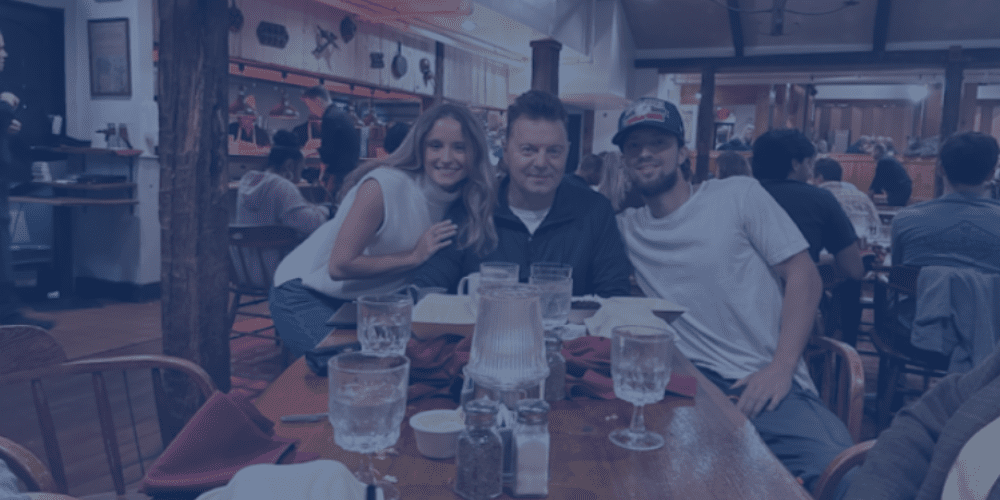At the forefront of ALS research, Dr. Björn Oskarsson is no stranger to both the scientific and human stakes of this disease. As a clinician at Mayo Clinic and long-time contributor to the Target ALS Biofluid Consortium, he brings a unique lens: one grounded in deep compassion for patients and an unwavering belief in science’s potential to change lives.
At the 2025 Target ALS Annual Meeting, Dr. Oskarsson shared his reflections on the evolving landscape of ALS research—and why the path forward depends on shared data, global collaboration, and relentless urgency.
“A Chronic Disease. We’re Managing It.”
Dr. Oskarsson’s journey into ALS research began during his fellowship, when he followed a patient from diagnosis to end of life. “It’s very gripping emotionally,” he reflected. “That’s kind of why I have stayed within the ALS field.” Today, he splits his time between caring for patients and advancing science for the future. And for the first time, that future feels within reach.
With the approval of tofersen for SOD1-ALS, Dr. Oskarsson now sees patients who are no longer declining—some whose symptoms are barely detectable. “It’s a chronic disease. We’re managing it,” he said. “That was the dream when I entered the field.” But with only about 1% of ALS patients benefiting from this treatment, “there’s still a lot of work to do. We’ve got to rush for the rest.”
The Power of Biofluids and the Promise of Sharing
That urgency is what drives his long-standing involvement in the Target ALS Biofluid Consortium, a global effort to collect and share longitudinal patient samples and clinical data. “These biobanks are an investment in the future,” Dr. Oskarsson explained. “Models are helpful, but they don’t truly recapitulate ALS. We need human samples to move the science forward.”
At Mayo Clinic, where sample collection has been happening for decades, Target ALS has helped shift the mindset toward better sharing. “What Target ALS does is facilitate access. We’ve been collecting for a long time—but we didn’t always use the samples enough. Patients don’t want their donations to sit in a freezer. They want to contribute to experiments happening now.”
Sharing biosamples, particularly with industry partners, still involves lengthy agreements and paperwork. “And time matters,” Dr. Oskarsson emphasized. “Speed is critical. Pharma companies want samples fast, and if we delay, they may move on. We need to keep them focused.” For Target ALS, the average turnaround time for biofluids requests is 51 days from Material Transfer Agreement Initiation, to shipment.
From Bench to Bedside: Translational Science in Action
One of the most promising breakthroughs emerging from the Biofluid Consortium is the routine use of neurofilament light chain (NfL) as a biomarker. “It’s gone from a difficult-to-measure spinal fluid marker to something we now use in blood, in clinical practice,” Dr. Oskarsson said. “We use it to help make a diagnosis, predict progression, and cautiously evaluate therapeutic benefit.”
The Consortium’s standardized data now includes neurofilament levels, making it easier for researchers to assess and compare results. “It’s become the top measure of illness,” he noted. “There are others, but neurofilament is firmly on the scene.”
A Truly Global Fight
As a Swedish-born physician working in the U.S., Dr. Oskarsson views science as an inherently global endeavor. “Many U.S. researchers have roots elsewhere. These international meetings bring us together, move beyond the papers we read, and spark collaborations that might not otherwise happen.”
What makes the Target ALS Annual Meeting unique, he added, is its blend of academic excellence and translational focus. “It’s not just good science—it’s science that’s driving toward treatments. That’s what makes it exciting.”



